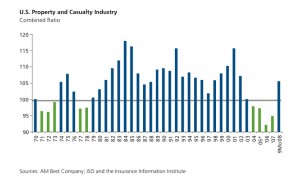In an earlier posting, I wrote of the complications of the Small Business Administration’s new loan program. New details have emerged that the risks may be greater than the public appreciates. SBA loans were the main topic at a recent town hall meeting at which President Obama noted that the annual volume of loans backed by the Small Business Administration was trending below $10 billion, down from $18.2 billion last year and $20.6 billion the year prior.
To stimulate the flow of credit to small businesses, the administration endorsed provisions in the stimulus bill. The legislation attempts to unblock the flow of credit to small businesses by temporarily raising government guarantees from 80% to 90% on the SBA’s flagship loan programs. In addition, it’s temporarily waiving SBA loan fees to reduce the cost of capital.
The Treasury now requires the 21 largest banks receiving funds under the Troubled Asset Relief Program to report their small business loan volumes on a monthly basis. Other banks receiving TARP funds must report this information quarterly. Treasury advised banks not participating in TARP that they too should make every effort to increase their small business lending. This push suggests that after the banks repay their TARP obligations, Treasury will continue to take an interest in SBA loans.
Critics of SBA programs charge that SBA loan guarantees create a moral hazard in incentivizing lending that’s harmful to U.S. taxpayers who must bear any losses. The most recent default rate reported on the SBA loan portfolio is 12%.
Further compounding the moral hazard risk is that some of the 21 largest banks have limited experience with small business lending. With the SBA principal guarantee on loans increased to 90% from 80%, taxpayers could potentially be underwriting a steep learning curve for the banks. Bank executives presumably appreciate how the public would likely assign blame for loan losses requiring additional taxpayer support.
This raises the question: is this a sincere effort to unblock the flow of credit to small businesses or an empty political gesture?



